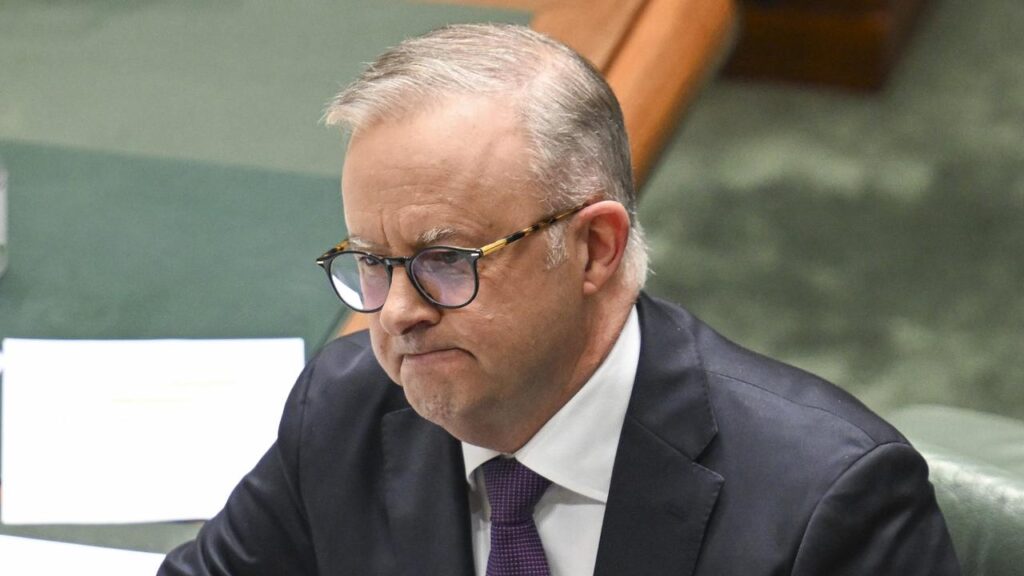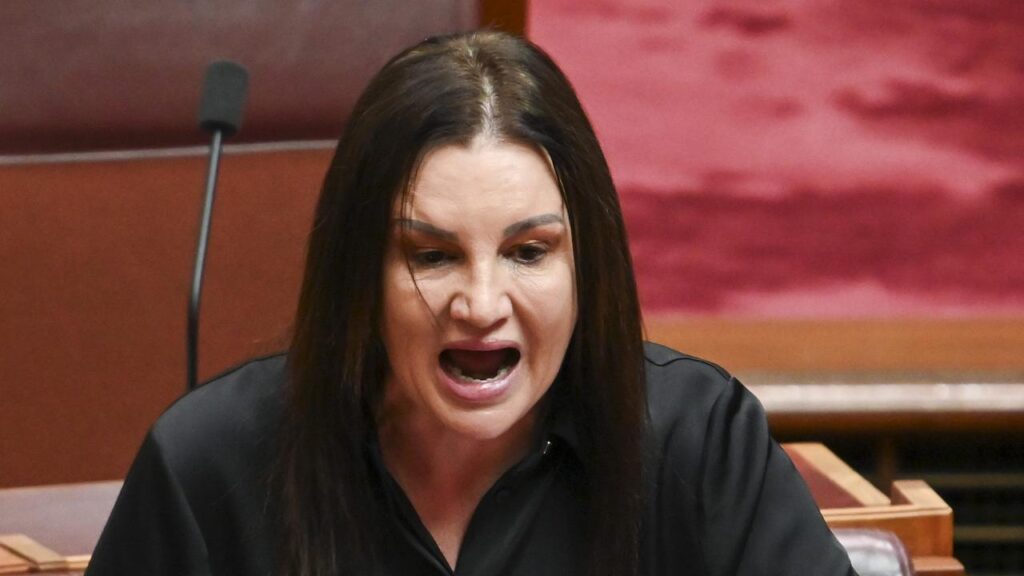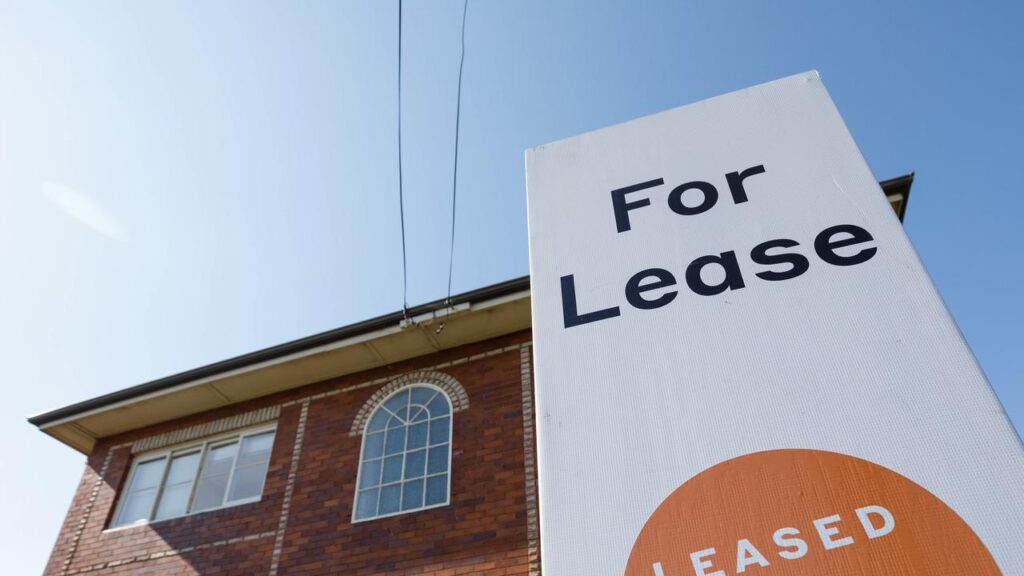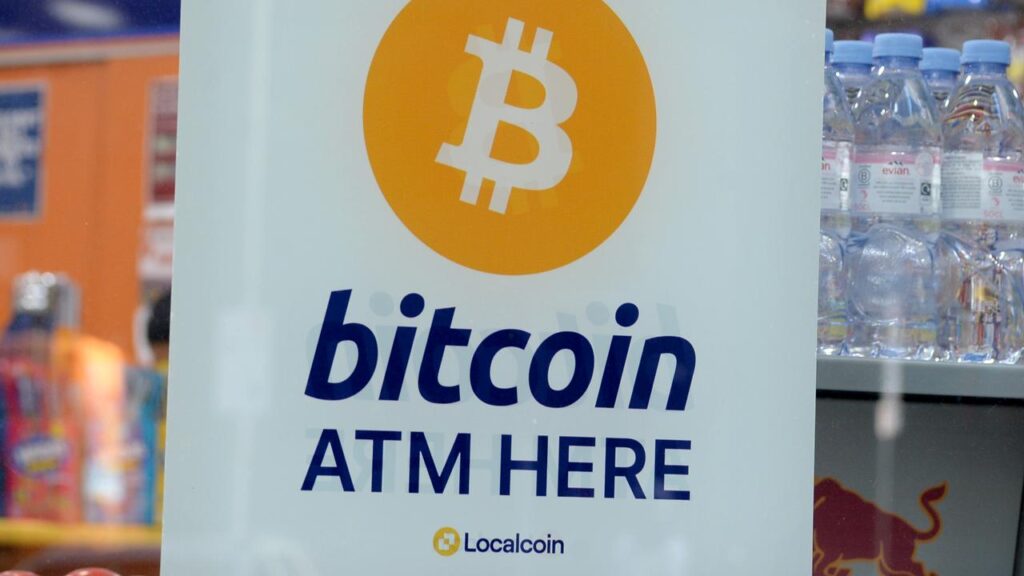Monthly inflation falls to 2.7 per cent
Written by admin on September 25, 2024
Inflation in August has fallen to 2.7 per cent, within the range for an interest rate cut.
Annualised inflation fell from 3.5 per cent to 2.7 per cent.
The Reserve Bank and government want inflation to fall within 2-3 per cent, before the central bank will cut rates.
At the end of October a more comprehensive quarterly inflation figure will be released.
The Reserve Bank places more weight in trimmed inflation, which removes outlying and volatile price measures.
Trimmed inflation also ticked down this month, in annual terms, from 3.8 per cent to 3.4 per cent.
This latest Australia Bureau of Statistics data, released Wednesday, shows that in annual terms the biggest price rises were in housing (up 2.6 per cent), food and non-alcoholic drinks (3.4 per cent), and alcohol and tobacco (6.6 per cent).
Alcohol itself went up 3 per cent, while tobacco rose 13.4 per cent.
Transport costs fell 1.1 per cent.
Petrol and diesel also fell 7.6 per cent, as part of those overall transport cost reductions.
Electricity costs also fell dramatically, as government subsidies washed through the economy. On the whole, electricity fell 17.9 per cent. This is because of rebates from the federal, Queensland, Western Australian and Tasmanian governments. Services inflation is running at three times goods inflation.
Bendigo Bank chief economist David Robertson while today’s numbers were only a subset of the third quarter data, “the numbers are very encouraging for rate cuts in 2025, and certainly brings a February rate cut back into play”.
“Today’s data certainly helps the case for a February cut, however upcoming data and events will keep markets guessing between now and then, including the US Presidential election in November. We continue to expect at least three rate cuts next year,” he said.
“This data matched the hint of dovishness from Michele Bullock yesterday when she stated that a hike was not considered in policy deliberations; although equally she effectively ruled
out a cut this calendar year in the absence of a significant shock.”
Plenty of key household items are still keeping inflation elevated.
The price of fruit and vegetables spiked hard in August, lifting to a 9.6 per cent rise on this time last year. That eclipses the previous monthly markers of 3.6 and then 7.5 per cent rises.
Rents ticked down slightly, easing from 7.1 per cent, to 6.9 per cent, and now 6.8 per cent in August.
New dwelling purchases by owner-occupiers rose 0.1 per cent to 5.1. Insurance similarly ticked down, from 6.4 to 6.2 per cent.
Looking at grocery prices on a month-to-month basis, bread, cheese, fruit, and snacks and confectionery have come down.
From July to August, the cost of breakfast cereals, lamb and goat, vegetables, eggs, jams, honey and spreads, and wine, have gone up the most.
Federal Treasurer Jim Chalmers said headline and underlying inflation went down “substantially”.
“These are very welcome, very encouraging and heartening numbers.
“They show our policies are helping in the fight against inflation, but we’re not complacent because we know people are still under pressure,” Dr Chalmers said.
“It’s now less than half the (headline CPI of) 6.1 per cent we inherited and less than a third of its peak.”
Shadow treasurer Angus Taylor said “trimmed mean is still well ahead or above the target range”.
“Services inflation is still running at three times good inflation. Services inflation is proving to be sticky and causing great pain for Australian households right now,” he said.
The shadow treasurer reiterated that Australia has recorded six consecutive quarters of negative GDP per capita.
“Our core inflation is higher than every other advanced country, peer country, in the world other than the UK and that is not one I would be wanting to compare myself with just now,” he said.
Westpac senior economist Pat Bustamante predicts an interest rate cut about February.
By February Mr Bustamante thinks the Reserve Bank will have more comprehensive data showing inflation is coming down sustainably.
“We saw the national accounts point to quite a lot of weakness in domestic sectors of the economy, particularly household sectors, with consumption actually falling in the June quarter,” he told the ABC.
“If some of the downside risks with the labour market materialise, we could see potentially a shift or quicker and more aggressive cutting cycle from the Reserve Bank.
“On the flip side you could see inflation become more sticky. We could see potentially more elevated inflation once we get that quarter three outcome by the end of October.”







